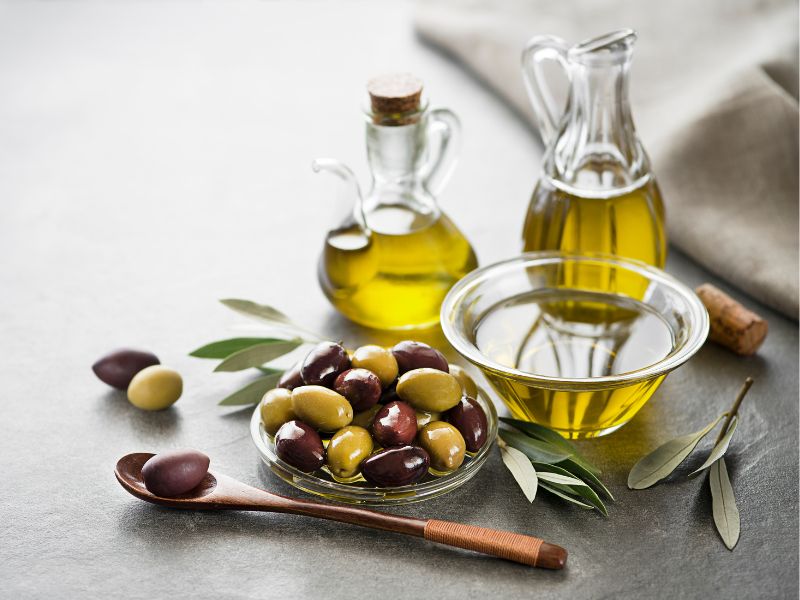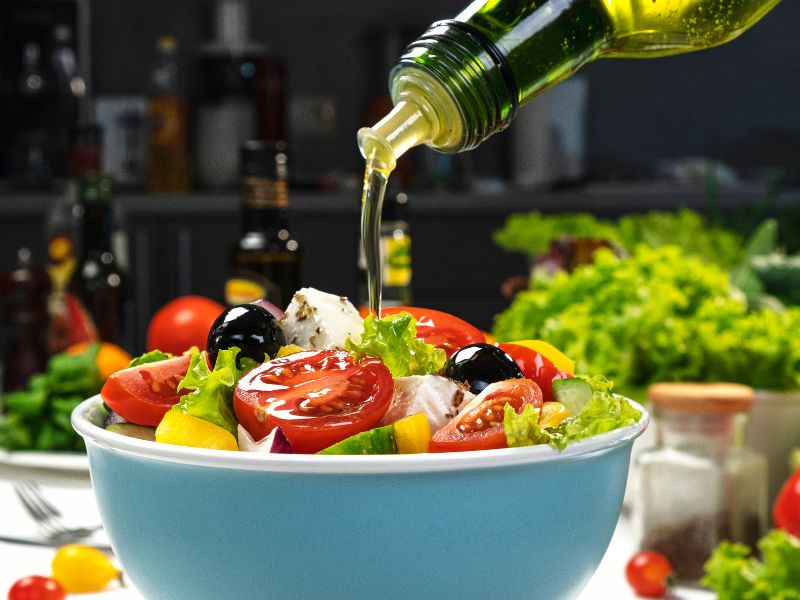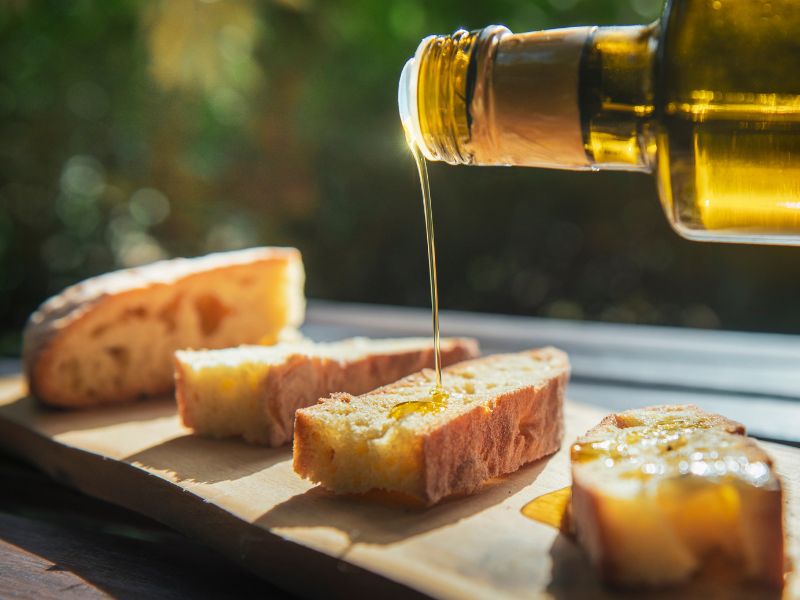In recent years, the popularity of olive oil has surged, driven by its perceived health benefits and versatility in cooking. As more consumers seek healthier alternatives, olive oil has become a staple in kitchens worldwide. However, with this increasing demand comes a notable rise in prices, prompting many to wonder why the golden elixir of the Mediterranean is becoming a luxury item.

Canva. com
One of the primary factors contributing to the escalation in olive oil prices is the intricate and time-consuming process involved in its production. Unlike other vegetable oils, extracting oil from olives is a meticulous process that requires careful cultivation, harvesting, and pressing. Olive trees take several years to mature, and their yield can be inconsistent due to various environmental factors. Moreover, harvesting olives is a labor-intensive task, often done by hand to ensure the fruit’s integrity. These factors collectively contribute to a limited and variable supply, making olive oil production more costly than other oils.
Climate conditions also play a pivotal role in determining olive oil prices. Olive trees are susceptible to weather fluctuations, and adverse conditions such as droughts or unseasonable frosts can significantly impact the harvest. In recent years, changing climate patterns and extreme weather events have disrupted olive production in key regions, leading to diminished yields and further exacerbating product scarcity.

Canva. com
The increased demand for high-quality extra virgin olive oil, known for its rich flavor and maximum health benefits, has further strained the market. Consumers are now more discerning about the origin and quality of their olive oil, opting for cold-pressed products and minimally processed. Producers that adhere to these standards often face higher production costs, which are inevitably passed on to the consumer.
